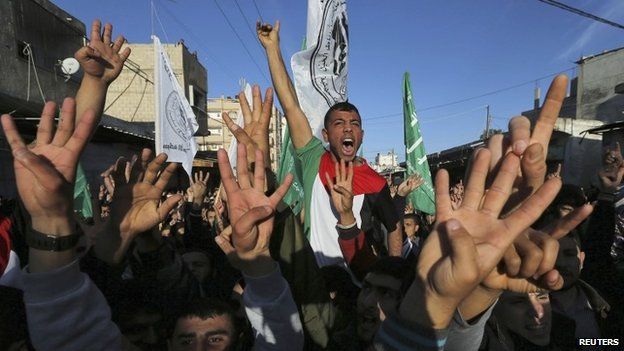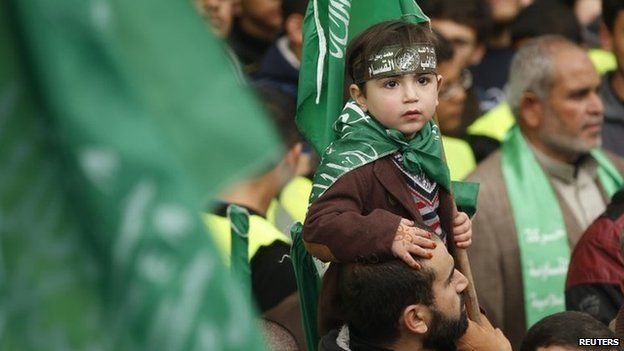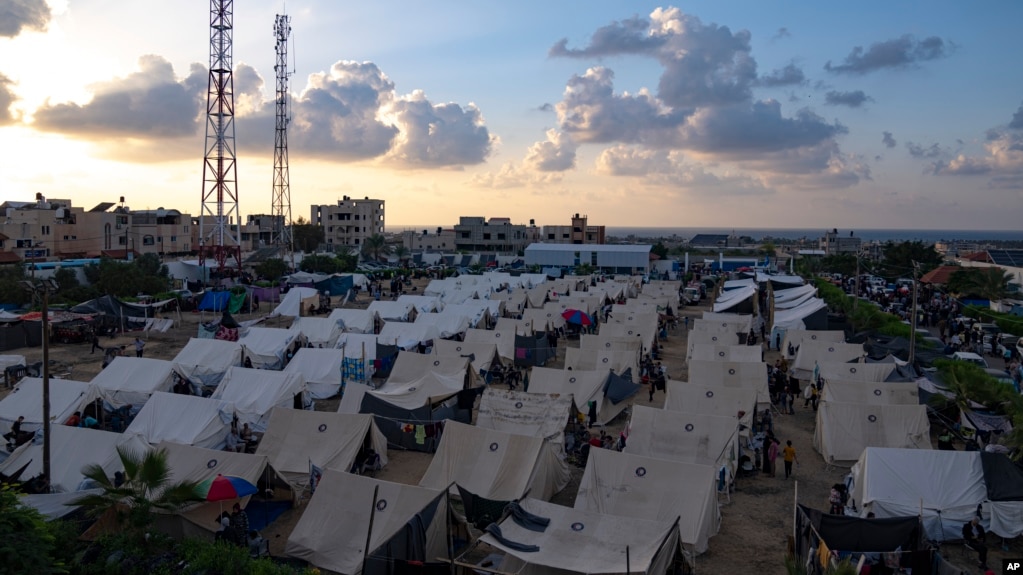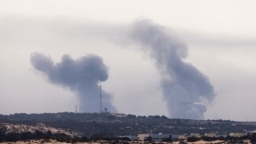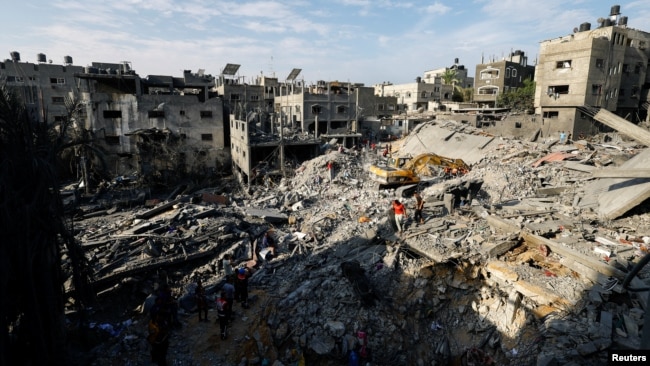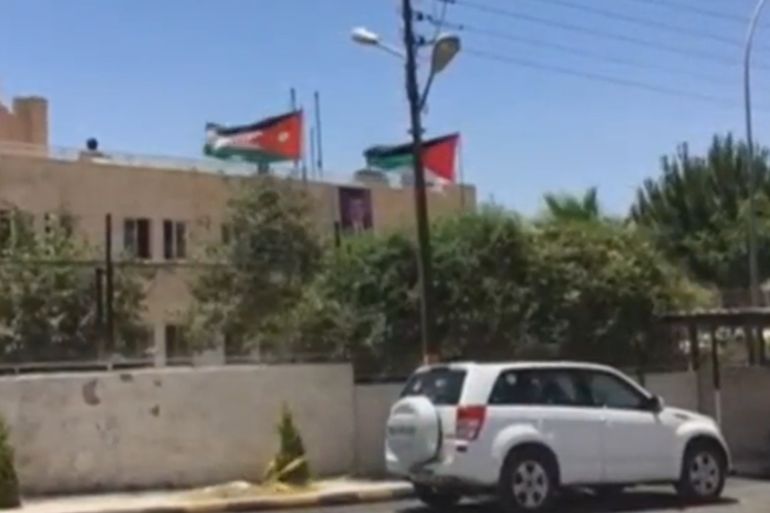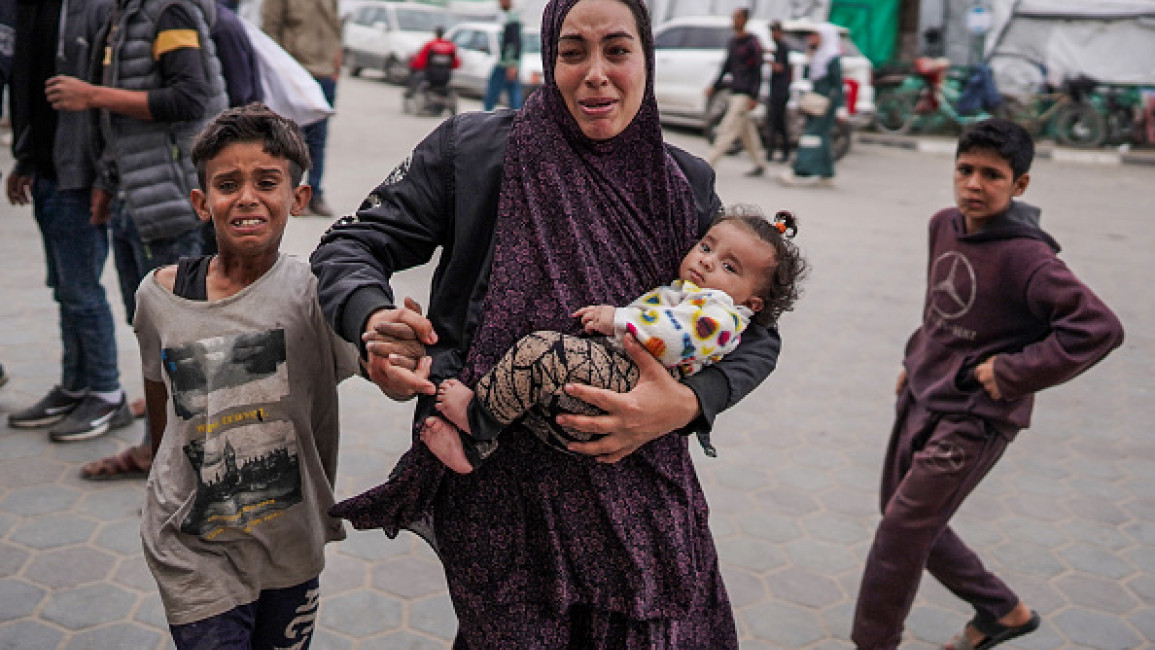It should never be forgotten that the Taiwanese n Koreans who served in the nip army were more cruel than the nips themselves and funny that they never faced persecution after the war ..
Taiwanese Guards at POW Camps
Lin De-hua (林德華), World War Two vet and keeper of war records at
Taichung's War Shrine (台中寶學寺)
In literature regarding the topic, much has been made about the brutality of Taiwanese guards at the POW camps located in Taiwan and other places across Southeast Asia during World War II. The camps in Taiwan mainly held British and Commonwealth troops captured with the fall of Singapore in February 1942. A handful of Americans also ended up here, shipped in from the Philippines after they went down in April 1942. I'll put up a few accounts of what was happening to the POWs:
"We christened [the Taiwanese guards] the 'Runabouts' or 'Goons.' They seemed to be the lowest type in the army. Very young, they jumped at the commands of the lowliest [of] Japanese privates, who did not hesitate to slap them in the face. Face slapping seemed to be allowed from officer down through NCOs to privates in the Japanese Army. The Formosans were below privates and as we soon learnt, we were at the end of the line . . . These young 'Runabouts' reveled in their power, and they loved to rush into the hut, trying to catch prisoners too slow in bowing and coming to attention." -
Jack Edwards, British POW at the Kinkaseki (金瓜石) and Hsintien (新店) camps
"They certainly went to great lengths to please their masters; one way in which this manifested itself was their treatment of us, the prisoners. They had the right to beat us, and this they did at the least provocation. They were like dangerous children attempting to ape their dangerous parents." -
Arthur Titherington, British POW at the Kinkaseki (金瓜石) and Hsintien (新店) camps
"The 'Runabouts' were also given nicknames: 'The Christian" . . . Rampu or 'Lampu,' because one day he bashed all of us while pointing to a lamp, Rampu (he was an ugly vicious character who seemed to grunt instead of talk) and 'Scarface' or 'The Mad Carpenter,' because he had an old scar on his face, and was in charge of the prisoners assigned to carpentry repairs (he had a violent temper and a vicious punch, as I found to my cost in the first days)." -
Jack Edwards
"[Taiwanese guards] were just as cruel. They emulated the Japs very well. The guards would strike you for the most trivial things. You had to stand at attention while they hit your head with their fist. If you didn't, trying to dodge it, then you'd end up with a rifle butt on your head or on the ground while getting kicked. I saw them murder a man, hit [him] on the head with a sword scabbard -- he died that night from the wounds." -
Jack Butterworth, British POW at the Kinkaseki (金瓜石) and Hsintien (新店) camps
"In April, 1943 that changed [at the POW camp in Sandakan, Borneo] with the arrival of Formosan (now Taiwan) guards. The Formosans, like the Koreans in other camps, were brutal . . . My gang would be working and then would be suddenly told to stop. The men would then be stood with their arms outstretched horizontally, shoulder high, facing the sun without hats. The guards would be formed into two sections, one standing back with rifles and the others doing the actual beating. They would walk along . . . and smack us underneath the arms, across the ribs and back. They would give each man a couple of bashes -- if they whimpered or flinched they would get more." -
POW, name not recorded
It seems officers interned in the various camps also suffered. Major General Jonathan Wainwright of the US, who was left behind by a fleeing Douglas MacArthur to surrender the Philippines, was for a while at a camp in Pingtung. Dealing with diarrhea one day, he tried to make a dash for the latrine. Almost there, a Taiwanese guard called him to attention and scolded him for not bowing. As a member of the cavalry, Wainwright had become bow-legged, so much so that his legs "looked like warped bamboo" (Daws, Gavan.
Prisoners of the Japanese: POWs of World War II in the Pacific. 97). Taking note, the guard jabbed at them with his bayonet and began to laugh. When Wainwright tried to hold his knees together, his feet splayed out. Amused, the guard jammed his legs together and let go. With a scrunched up face, the American general was forced to bear these antics, all the while struggling not to dirty his pants.
Were these acts simply the expected consequences of war? War-atrocity investigators did not seem to think so. In 1945-46, many of the Runabouts were themselves incarcerated at the very POW camps where the shenanigans occurred while evidence was being collected to unknot the story. All told, 173 Taiwanese individuals, including many of the POW-camp guards, were charged with war crimes. Of the 173, 26 were executed for their conduct.
In trying to figure out why Taiwanese guards behaved as they did (as part of my master's thesis), I talked to Lin De-hua (pictured above), a World War II veteran himself and keeper of records at Taichung's war shrine. The following is what I came away with:
1. Taiwanese conscripts, as Edwards points out, were at the bottom of the food chain. The pressure of their situation on occasion brought out the worst in them. Beating up on POWs served as a kind of release.
2. Take this job and shove it: Taiwanese conscripts serving in Taiwan did not receive pay. The guards blamed the POWs. Simply put, no POWs meant "bye bye, crummy job."
3. The guards saw the POWs as an obstacle. They were the reason the guards could not return to their homes.
4. Taiwanese guards were also bullied. Since they experienced violence on a regular basis (face slapping and so on), they assumed it was normal or even okay. To play the devil's advocate, I think I'll point out that this order, given by the Chief of Prisoner of War Camps in Tokyo to the Chief of Staff of the Taiwan Army in a letter dated August 20, 1945 (or six days after the Japanese surrender) was used as evidence by the International Prosecution Section of the British Division 2011 (labeled Exhibit J): "Personnel who mistreat soldiers of war and internees or who are held in extremely bad sentiment by them are permitted to take care of it by transferring or by fleeing without a trace." Many of the guards took this advice. The guards, and the Japanese military for that matter, had to have known their behavior was wrong and this detail seems to support just that.
5. The worst of the Taiwanese recruits became guards. The best were sent out into Asia to fight. According to Lin, Taiwanese boys were typically drafted at 16 or 17 years of age. Before receiving official conscription notices, called pink slips, which came from the local police station via their bao jia (保甲) head, all male adolescents underwent three physicals. In addition to having their health checked, administrators subjected the youngsters to various fitness exams to test strength and endurance. Upon being conscripted, Taiwanese males were sorted for combat or homeland defense based on these tests as well as their school grades. Lin says kids actually competed to be chosen for the front lines. Why? While combat was obviously considered more dangerous, it was not without its perks. Combat soldiers were the only conscripts that were paid. Soldiers sent off to the front could in certain instances (such as pilots) achieve rank while those who remained, as already mentioned, could not. Making the grade translated into prestige. As a result, the strongest and the brightest served abroad. The dregs went on to distinction as 'Runabouts' and what have you.
6. From October 1944 until August 1945, Taiwan was bombed almost daily. Around 75 percent of the colony's infrastructure was destroyed and many innocent civilians died. This had to have been annoying.
7. Some people are just sadistic. Every country has its fair share of Runabouts and Goons.








